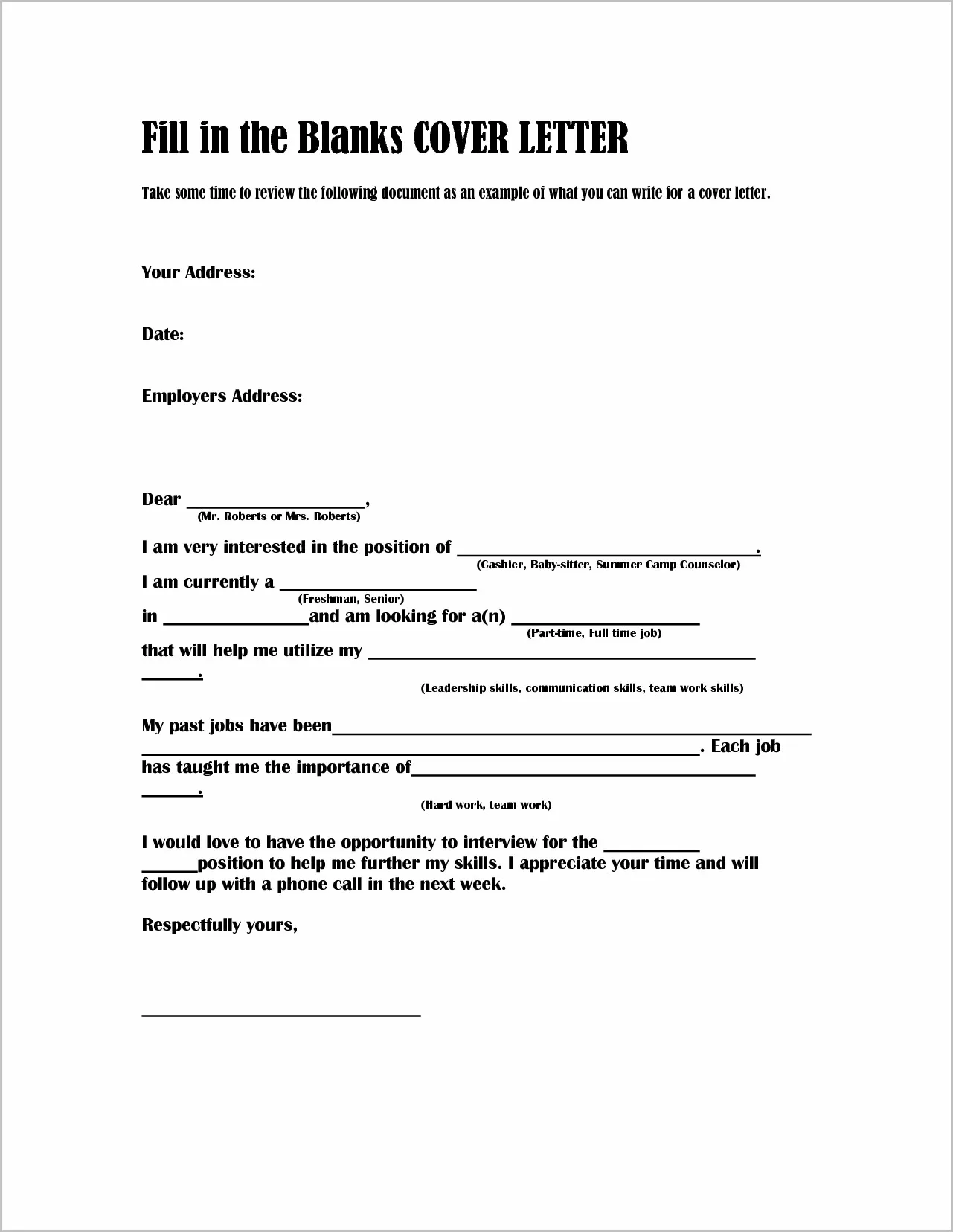What is a Cover Letter
A cover letter is a crucial document accompanying your resume when applying for a job. It serves as a personalized introduction, allowing you to highlight your skills, experiences, and enthusiasm for the position. Unlike a resume, which provides a factual overview of your qualifications, a cover letter gives you the opportunity to connect with the hiring manager on a more personal level, explaining why you are the ideal candidate and expressing your genuine interest in the role and the company. This document provides context and personality.
The Purpose of a Cover Letter
The primary purpose of a cover letter is to persuade the hiring manager to read your resume and consider you for an interview. It’s your chance to make a strong first impression, demonstrate your writing skills, and showcase your personality. A well-crafted cover letter can set you apart from other applicants by providing context to your resume, explaining any gaps in your employment history, and illustrating how your skills align with the job requirements. Furthermore, it allows you to express your passion for the specific role and the organization, increasing your chances of getting noticed and securing an interview. It should always express your interest in the company and the position.
Cover Letter vs Resume
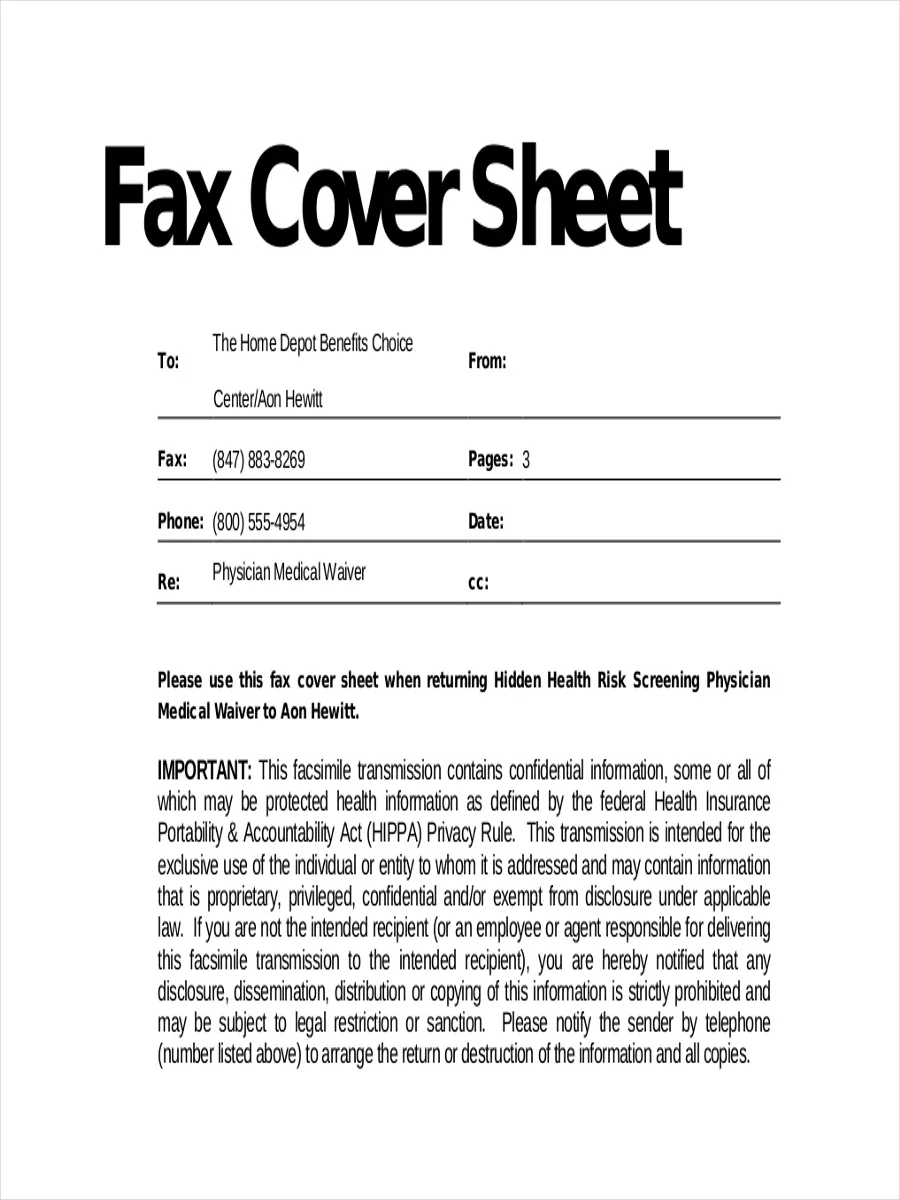
While both cover letters and resumes are essential components of a job application, they serve different purposes. A resume is a concise summary of your work experience, skills, education, and accomplishments. It’s a factual document that presents your qualifications in a structured format. A cover letter, on the other hand, is a more personalized document that provides context to your resume. It allows you to explain why you are interested in the specific job, highlight the most relevant skills and experiences, and demonstrate your personality and writing ability. The cover letter should complement your resume, not duplicate it, providing additional information and selling points that make you a compelling candidate. The main difference is one is fact based, the other explains those facts and adds personality.
Key Components of a Cover Letter
A well-structured cover letter typically includes several key components. These elements work together to create a persuasive and professional document that captures the hiring manager’s attention and highlights your suitability for the role. Each component plays a vital role in conveying your message effectively and making a positive impression.
Contact Information
Your contact information is essential for the hiring manager to reach you. Ensure it is accurate and up-to-date. This section should be located at the top of your cover letter, making it easy for the recruiter to find your details. Using a professional email address and including your phone number are crucial for a seamless communication process and a professional appearance.
Your Name and Contact Details
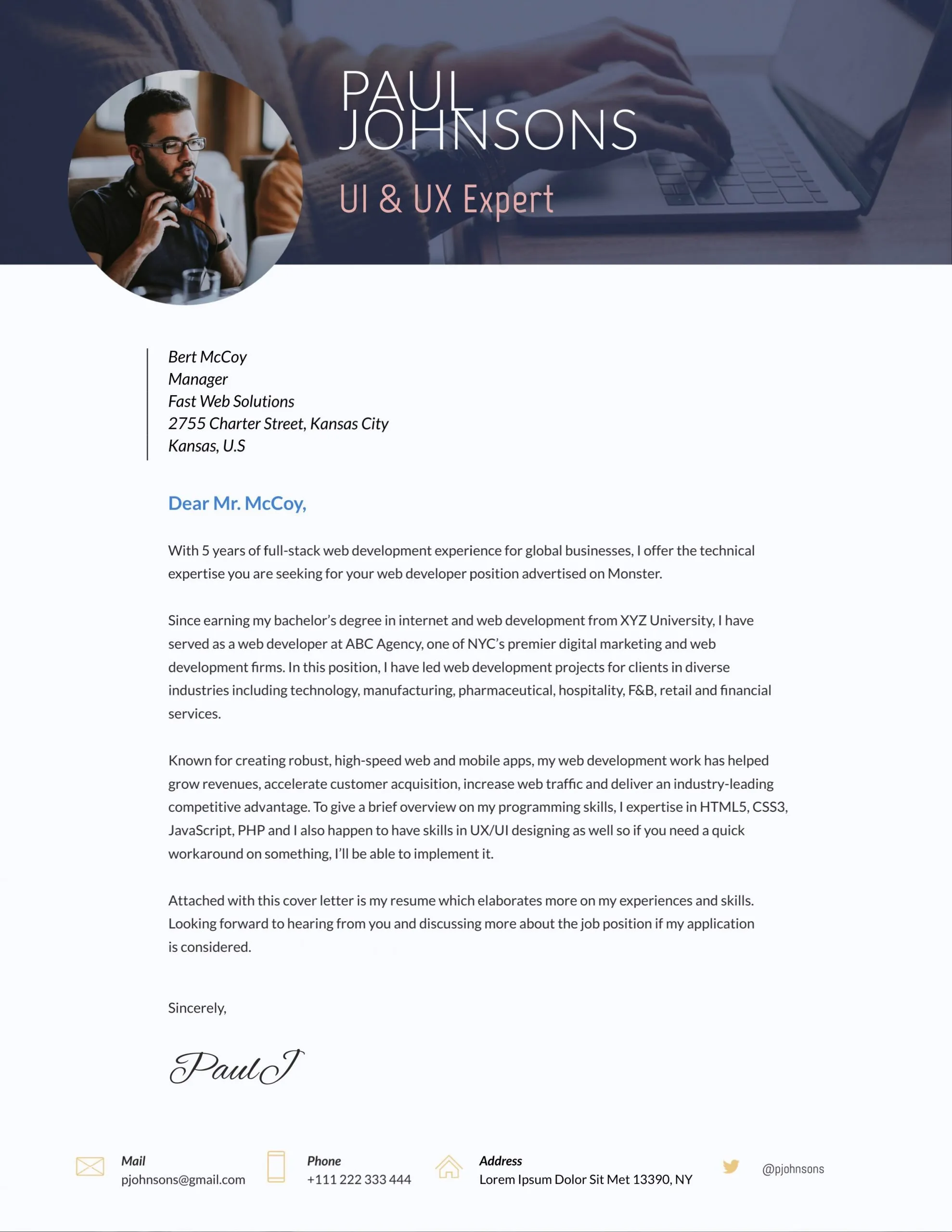
Begin with your full name, followed by your phone number, email address, and optionally, your LinkedIn profile URL. Use a professional-sounding email address. Make sure the contact information is easy to read and clearly presented. This ensures the hiring manager can quickly and easily find the means to contact you. This is the first thing the hiring manager sees, so make it stand out.
Date and Recipient Information
Below your contact information, include the date of the letter. Then, include the hiring manager’s name and title, if known, and the company’s address. If you cannot find the hiring manager’s name, use the title of the position or department to address the letter. This demonstrates your attention to detail and your effort to personalize the letter. Always research the correct recipient and company details to make a professional impression. This gives a personal touch and shows you care.
The Salutation
The salutation sets the tone for the entire letter. It’s the greeting that initiates your communication with the hiring manager. Choosing the right salutation is essential for creating a professional and respectful tone. The goal is to make a positive first impression and show that you are prepared and respectful.
Professional Greetings
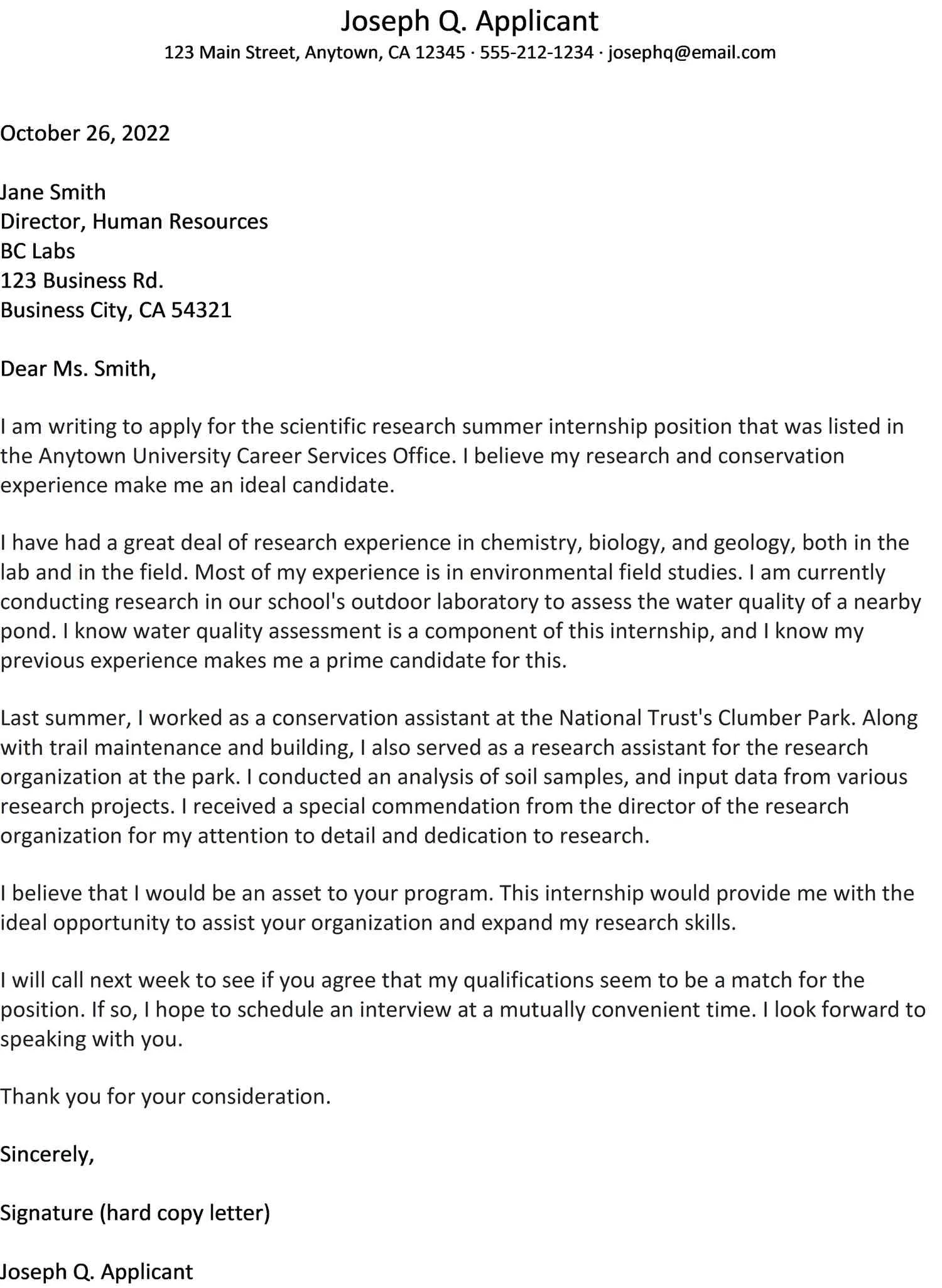
Use formal greetings, such as “Dear Mr./Ms./Mx. [Last Name]”. If you do not know the hiring manager’s name, use a more general greeting such as “Dear Hiring Manager” or “Dear [Department Name] Team.” Avoid overly casual greetings like “Hi” or “Hello,” as these may not be appropriate for all workplaces. Your salutation should reflect the level of formality expected by the company.
How to Address Hiring Manager
Always try to address the hiring manager by name. This shows you’ve done your research and are genuinely interested in the position. If you are unsure of the correct name, it’s best to find it by researching the company website, LinkedIn, or reaching out to the company’s HR department. In the event the name remains unknown, use a professional alternative like “Dear Hiring Manager” to maintain a respectful tone and show professionalism.
The Body of Your Cover Letter
The body of your cover letter is where you make your case for why you are the right candidate for the job. This section is the heart of your letter and should be tailored to the specific job and company. It’s your opportunity to highlight your skills and experience, explain your interest in the role, and demonstrate your understanding of the company’s needs. A well-written body will capture the hiring manager’s attention and increase your chances of getting an interview.
Opening Paragraph
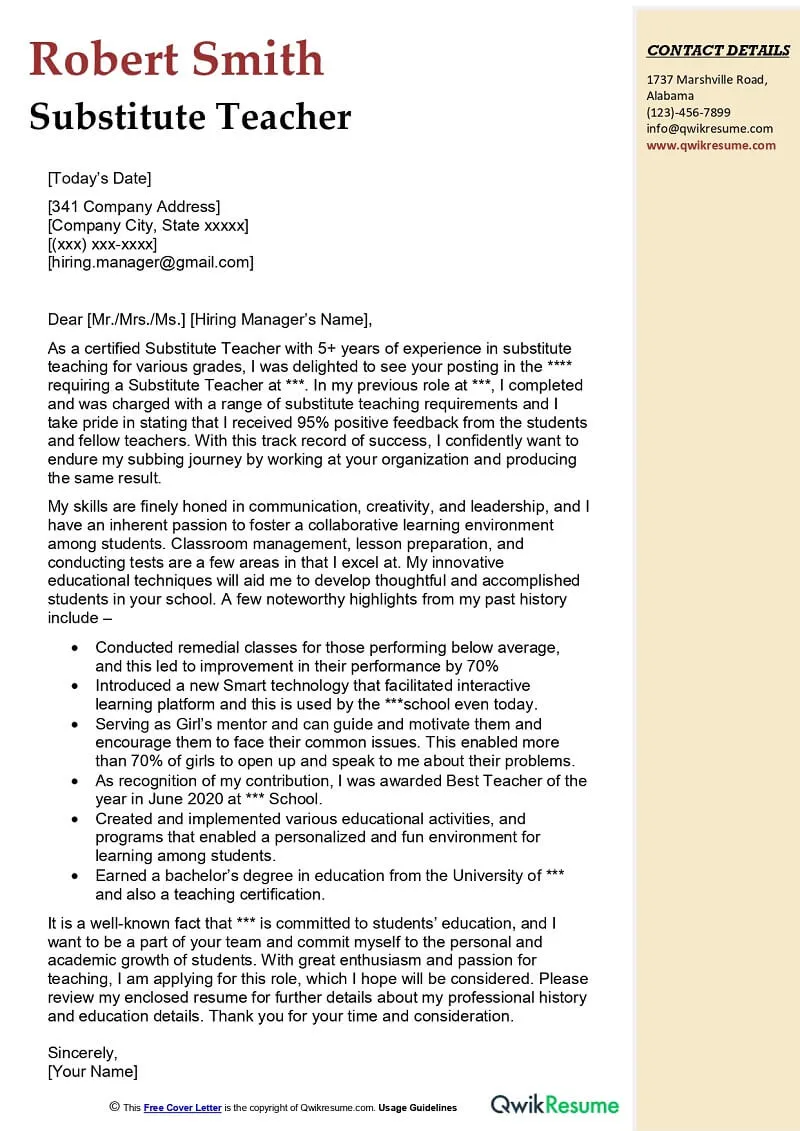
Your opening paragraph is the first chance to grab the hiring manager’s attention. It should be concise, engaging, and clearly state the purpose of your letter. The opening paragraph should also mention the specific position you are applying for and where you found the job posting. A strong opening paragraph sets the stage for the rest of your letter and encourages the reader to continue and read on.
Highlight Your Interest
Start by expressing your interest in the position and the company. Mention something specific that excites you about the role or the organization. This demonstrates that you have researched the company and are genuinely enthusiastic about the opportunity. Being specific shows your genuine interest and helps you stand out from generic applicants. It shows you did your research.
Mention How You Found the Opportunity
State where you found the job posting, such as on a job board, the company website, or through a referral. This helps the hiring manager understand how you learned about the opportunity. It is also appropriate to mention if a current employee referred you. This context helps to make your application more direct and relevant. It also helps them know where to find the information for their records.
Middle Paragraphs
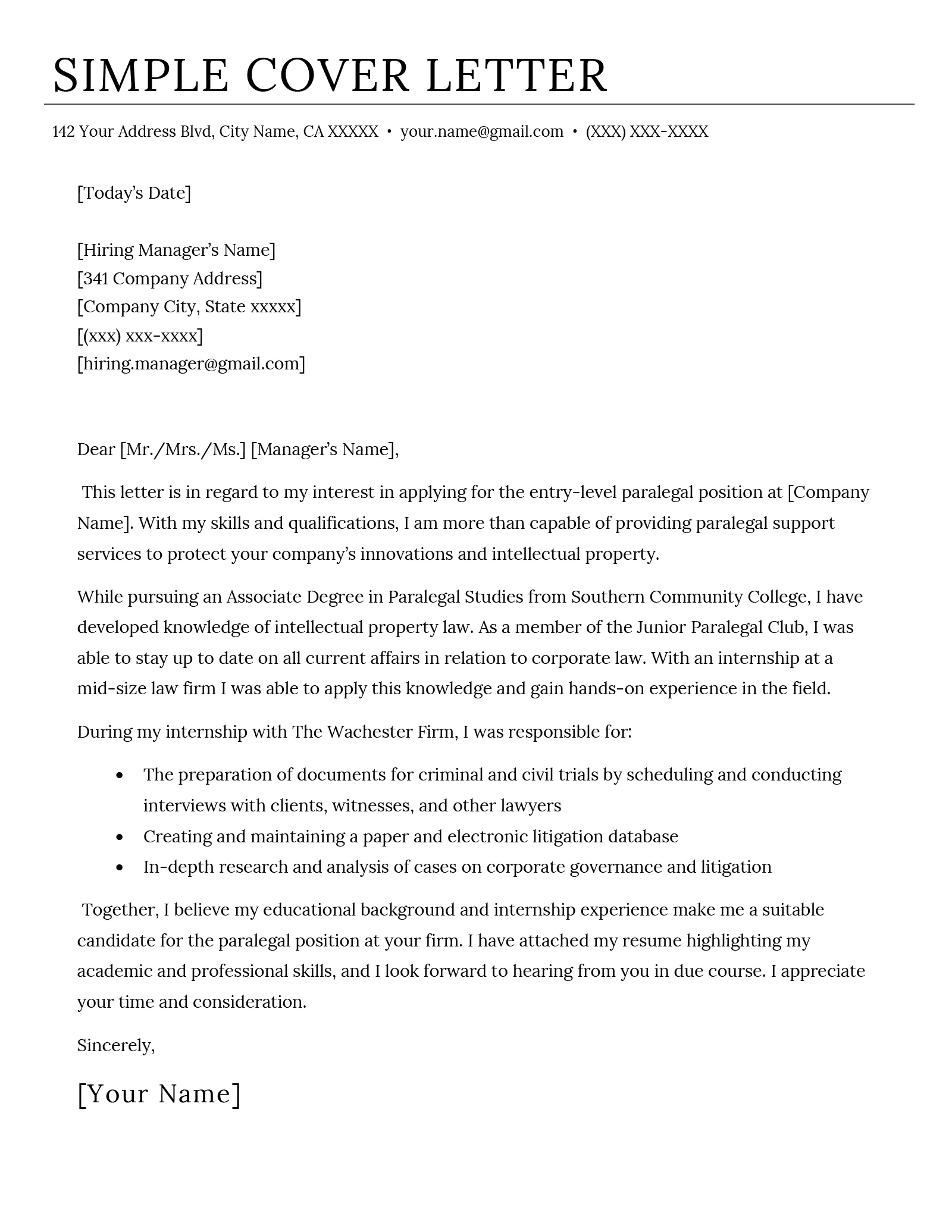
The middle paragraphs should highlight your relevant skills, experience, and accomplishments. This is where you provide evidence that supports your qualifications for the job. Each paragraph should focus on a specific skill or experience and provide concrete examples of how you have demonstrated those skills in the past. Connect your abilities to the job requirements outlined in the job description. Here is where your skills really shine and grab their attention.
Showcase Your Skills and Experiences
Focus on the skills and experiences that are most relevant to the job requirements. Review the job description carefully and identify the key skills and qualifications the employer is seeking. Then, provide examples of how you have demonstrated those skills in previous roles or projects. Emphasize your relevant accomplishments to showcase your abilities and make the job requirements easily visible.
Quantify Your Achievements
Whenever possible, quantify your achievements with numbers and data. This helps the hiring manager understand the impact of your work and provides concrete evidence of your skills and accomplishments. Use specific examples to showcase your results and use metrics that demonstrate your impact in previous roles. For example, instead of saying, “Increased sales,” say, “Increased sales by 15% in one quarter.” This is where you show your value.
Closing Paragraph
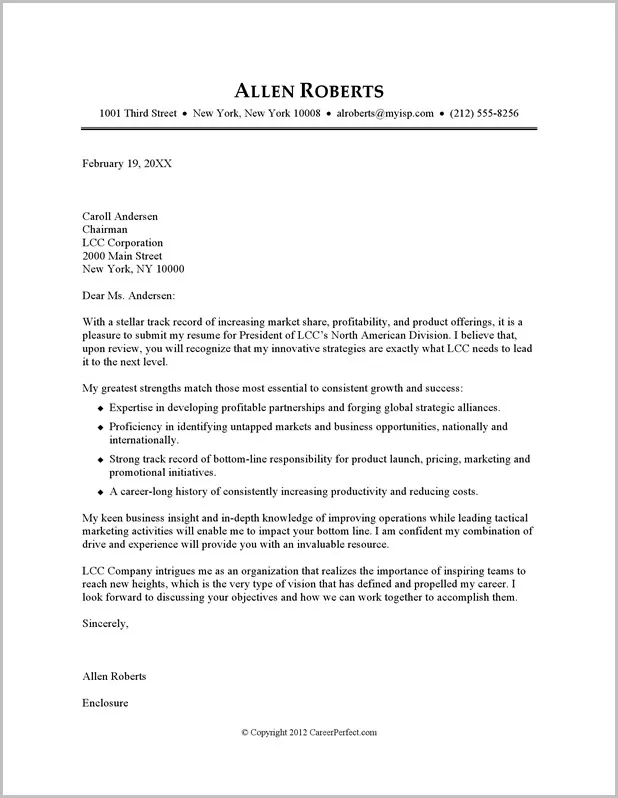
Your closing paragraph should reiterate your interest in the position and express gratitude for the hiring manager’s time and consideration. It should also include a call to action, encouraging the hiring manager to contact you for an interview. A well-crafted closing paragraph leaves a positive lasting impression and brings it all together.
Express Enthusiasm and Gratitude
Reiterate your enthusiasm for the position and express your appreciation for the hiring manager’s time and consideration. Thank them for reviewing your application and express your excitement about the opportunity. This shows that you are polite and appreciate the time taken by the hiring team and that you care.
Call to Action
Include a clear call to action, such as stating that you look forward to hearing from them or that you are available for an interview at their earliest convenience. You can also mention your willingness to provide additional information or references. This prompts the hiring manager to take the next step and increases your chances of getting an interview and gives them a simple direction.
Formatting and Design Tips
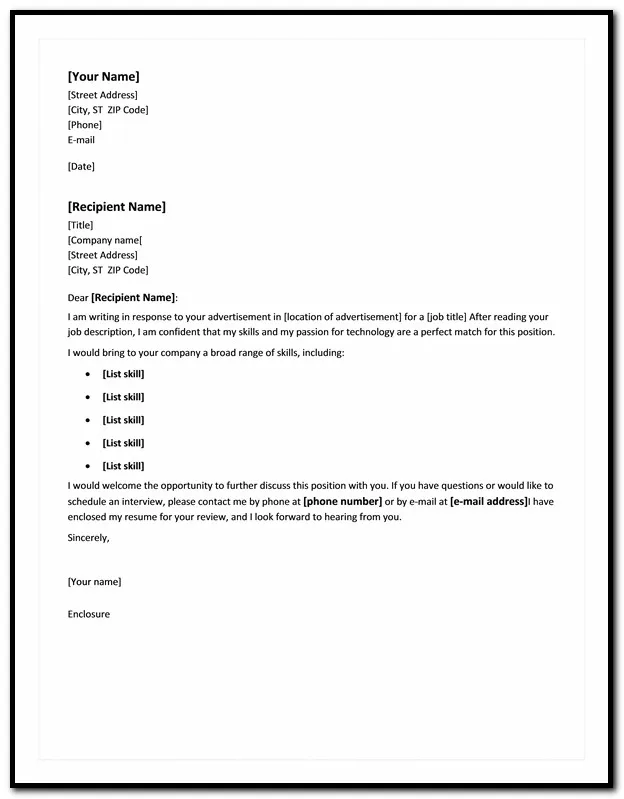
The formatting and design of your cover letter are crucial for making a positive first impression. A well-formatted letter is easy to read and visually appealing. Proper formatting also demonstrates professionalism and attention to detail. Make sure your document is clean and well-organized and easy on the eye.
Font and Readability
Choose a professional and easy-to-read font, such as Times New Roman, Arial, or Calibri. Use a font size between 10 and 12 points. Ensure the font is consistent throughout the document. Avoid using decorative or overly stylized fonts that can be difficult to read. The goal is to present a clear, accessible document and show them you have attention to detail.
Margins and Spacing
Use standard margins of 1 inch on all sides. Use single spacing within paragraphs and double spacing between paragraphs. This helps to create a clean and uncluttered appearance. Proper spacing improves readability and makes your letter visually appealing. This helps the hiring manager focus on the content and provides a professional finish.
Proofreading and Editing
Proofreading and editing your cover letter is essential for ensuring it is free of errors. Errors can damage your credibility and may lead the hiring manager to overlook your application. A polished, error-free cover letter demonstrates your attention to detail and professionalism. Always review your cover letter multiple times. Double and triple check, because mistakes are always a possibility.
Common Mistakes to Avoid
Avoid common mistakes that can undermine your cover letter. These mistakes can damage your credibility and reduce your chances of getting an interview. Be aware of common errors, and take steps to avoid them. By avoiding these mistakes, you will make a better impression and increase your chances of success.
Generic Content
Avoid using generic content or templates that are not tailored to the specific job or company. Generic cover letters fail to demonstrate your genuine interest in the role and can make you seem like a less serious applicant. Instead, personalize your letter for each job application, and ensure the cover letter is specific to the job.
Typos and Grammatical Errors
Proofread your cover letter carefully for typos and grammatical errors. Errors can make you appear careless and unprofessional. Always use a spell checker and consider having someone else proofread your letter before submitting it. Make sure every detail is perfect, from the greetings to the closing paragraphs. Even one small error can negatively impact your application.
Ignoring the Job Description
Do not ignore the job description when writing your cover letter. Carefully review the requirements and tailor your letter to highlight the skills and experiences that match. Failing to address the specific requirements will make your application less relevant and reduce your chances of getting hired. Always tailor your cover letter to each job opportunity. Always have the job description open to review when writing.
How to Tailor Your Cover Letter
Tailoring your cover letter to each job application is crucial for demonstrating your genuine interest and suitability for the role. A customized cover letter will also show that you have invested the time and effort to understand the company’s needs. Personalization is key to making a positive impression.
Research the Company
Research the company before writing your cover letter. Understand its mission, values, and recent projects. Demonstrate your knowledge of the company by mentioning specific aspects that resonate with you. This will show the hiring manager that you have a genuine interest and are not simply sending out a generic application and that you care.
Use Keywords from the Job Description
Incorporate keywords from the job description into your cover letter. This will help you pass through applicant tracking systems (ATS) and highlight your relevant skills and qualifications. However, use these keywords naturally within your text. Do not stuff your letter with keywords; ensure your writing flows smoothly. This makes it easier for the hiring manager to see how well you fit the job requirements.
Cover Letter Examples and Templates
Using cover letter examples and templates can be a helpful starting point for crafting your own cover letter. These resources provide a structure and format that can guide your writing process. However, always customize these templates to reflect your unique skills, experiences, and the specific requirements of the job.
Where to Find Templates
You can find numerous cover letter templates online. Search on job sites, career websites, and Microsoft Word. Choose a template that aligns with your industry and the type of job you are applying for. Be sure the template is easily adaptable to your information. Adapt the template to reflect your own style, skills, and the specifics of the role you seek. There are plenty of places to look.
Adapt Examples to Your Needs
Adapt cover letter examples to fit your personal and professional experiences. Use the example as a guide and then insert your own information. Personalize the template to showcase your unique skills, qualifications, and accomplishments. Avoid simply copying and pasting from an example; make sure the letter reflects your personality and career goals. Make it truly your own to increase its impact. Make sure the letter is unique and reflects your values.
